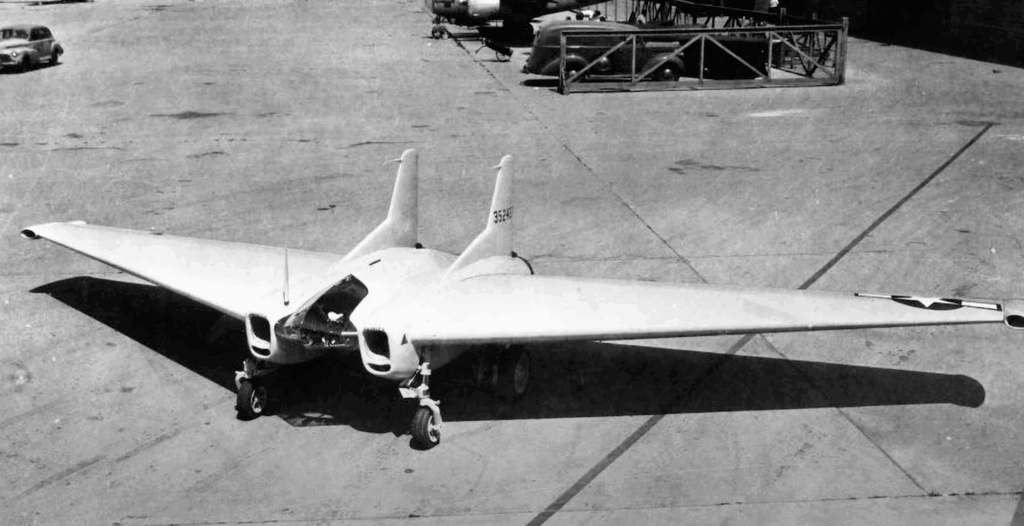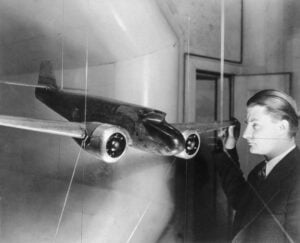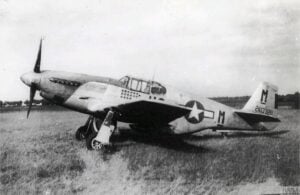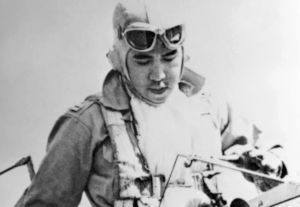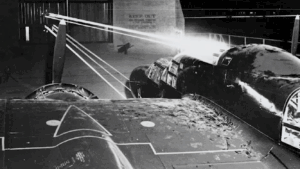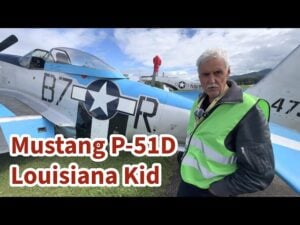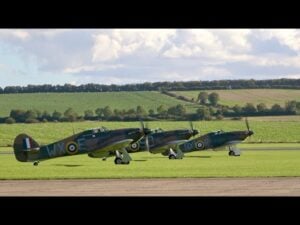The WWII American Jet Built To Destroy Enemy Planes Dubbed As “Flying Ram”
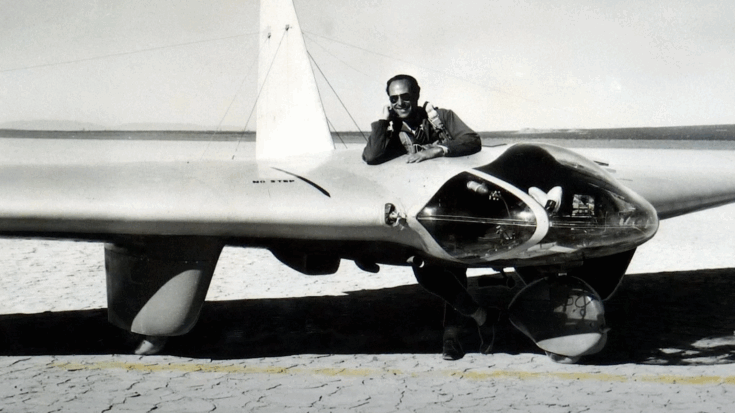
Retro Transport / YouTube
An Unusual Fighter Built for Speed and Strength
In 1942, aircraft designer Jack Northrop began work on a new kind of fighter for the U.S. Army Air Forces. This plane, called the Northrop XP-79, was not built like anything else flying at the time. It had no tail and no fuselage in the traditional sense. Instead, it was a flying wing—flat and wide, with the pilot lying on his stomach in a prone position. This allowed the pilot to handle higher G-forces during sharp turns or dives, something rare in fighter designs of the era.
The XP-79 used a welded magnesium body instead of aluminum, which was more common in most aircraft. This choice gave the structure added strength while keeping weight low. The body had a thick front edge, about 19 millimeters, that narrowed to just over 3 millimeters at the back. The first idea was to power the plane with a rocket engine from Aerojet, giving it quick bursts of speed, but this system had too many problems and was replaced with two Westinghouse 19B turbojet engines.
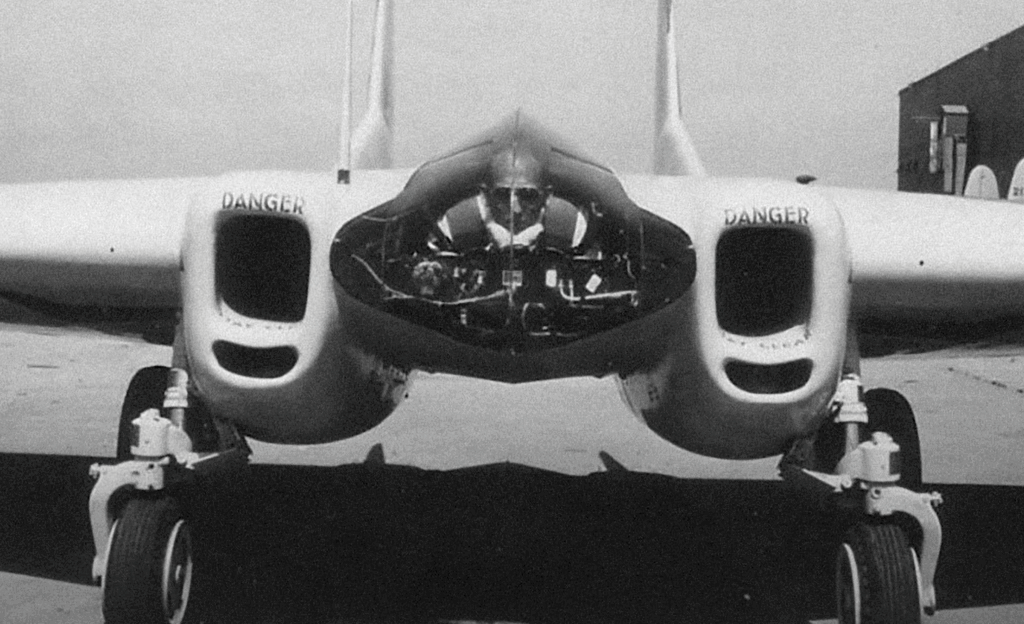
Testing the Concept in Stages
Before building a full jet version, Northrop made three gliders to test the design. These gliders were called the MX-324 and MX-334. One of them, the MX-334, was very similar to another Northrop model called the N-9M. The gliders were first tested in wind tunnels. To improve control, a large tail fin was added to help keep the aircraft steady in the air.
Initial launches failed, but success came when the gliders were towed by ground vehicles and even by a Lockheed P-38 Lightning. In July 1944, one of the gliders flew using a small Aerojet rocket motor, making it the first U.S.-built rocket-powered aircraft to fly. This marked a turning point in testing and led to the development of the full XP-79B jet.
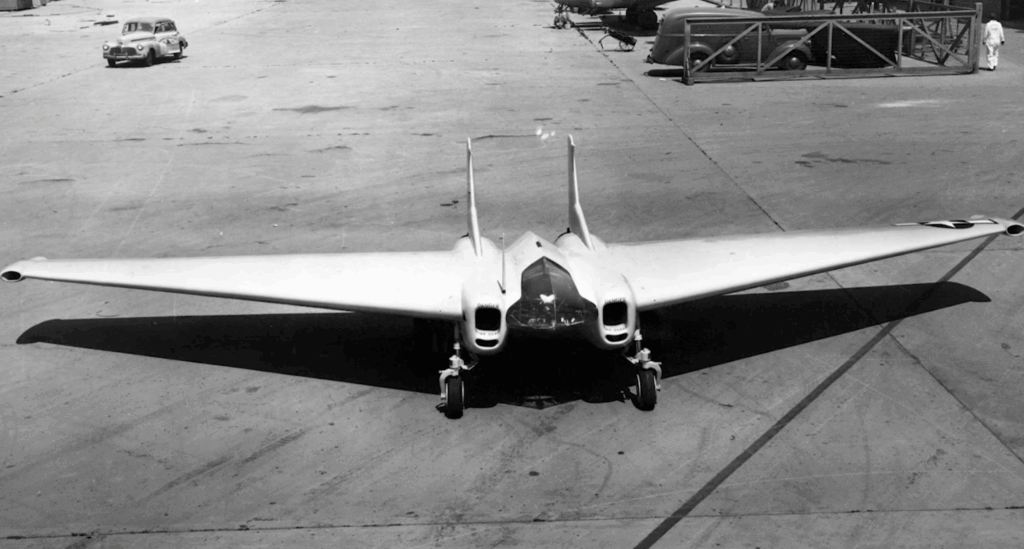
The First and Final Flight
The XP-79B’s first and only flight happened on September 12, 1945. At first, the flight seemed to go as planned, but after just 15 minutes in the air, something went wrong. The aircraft began a slow roll and lost control. It entered a spin and crashed into the ground. Test pilot Harry Crosby was killed in the crash. The loss ended the project, and no more XP-79s were built.
Despite this outcome, the XP-79B’s short history offered useful lessons in building flying wing aircraft. Some of these ideas would later help engineers create more successful designs, including the B-2 stealth bomber many years later.
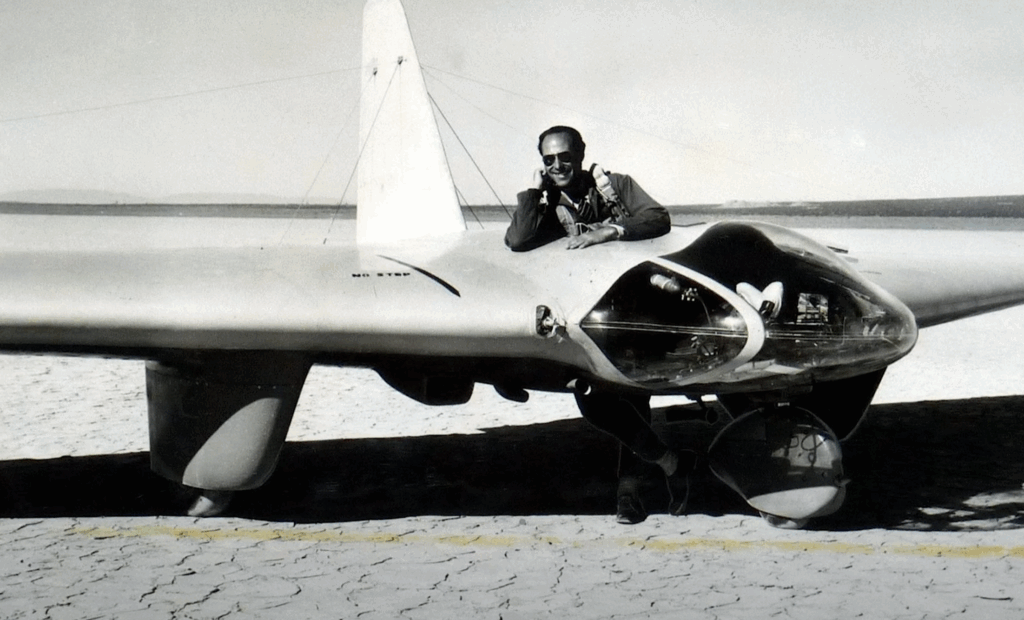
Built to Crash Into Enemy Planes
The XP-79 had one of the most unusual combat goals of any American plane. It was designed to attack enemy bombers directly by crashing into them. The wings were reinforced with armored plates and thick glass to protect them during these strikes. This idea earned it the nickname “Flying Ram.” However, as testing continued, it became clear that this tactic wouldn’t work well in real combat. Engineers then gave the aircraft four Browning M2 machine guns to serve as its main weapons.
Although it never entered service, the XP-79B showed just how far designers were willing to go in search of new air combat strategies. Its strange layout, pilot position, and flight systems were unlike anything else at the time. These features made it one of the most original experimental fighters to come out of the final years of World War II.
